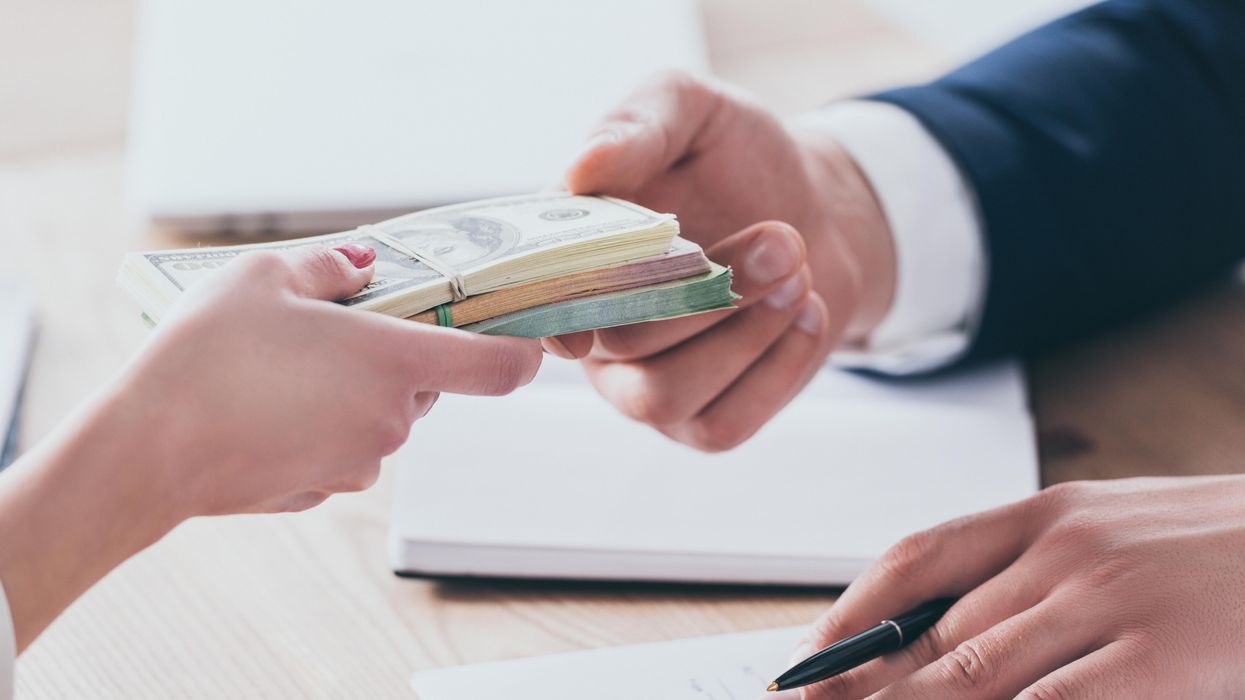The New York Times “buried the lede,” as they say, in Wednesday’s major story by reporters David E. Sanger and William J. Broad about the “dangers of a new, riskier nuclear era” in the aftermath of Russia’s invasion of Urkaine.
The article recounted how “established restraints” are “giving way to more naked threats to reach for such weapons — and a need for new strategies to keep the atomic peace.”
The news peg, of course, is that the use of a nuclear weapon in Ukraine by Russian President Vladimir Putin, whether it’s out of pique or desperation, is literally no longer “unthinkable.”
What the authors waited over 1,000 words to tell us, however, is that the White House is scrambling to figure out how to respond:
A sign of the risks of this new age has been a series of urgent meetings in the administration to map out how Mr. Biden should respond if Russia conducts a nuclear detonation in Ukraine or around the Black Sea.
The casual mention of these life-or-death war-gaming sessions, deep inside the story, is a perfect reflection of the mainstream media’s lack of alarm – and lack of interest – in the threat of a nuclear conflict. This is true even as the Biden administration sends ever-deadlier and more advanced weapons into the region.
How should we respond if Putin uses a nuclear weapon in Ukraine? Do we escalate or de-escalate? How much should we worry about it?
These are questions that we should be hotly debating in Congress and in the media, not ignoring or burying.
Biden touched on the nuclear question in a New York Times op-ed published on Tuesday, but in vague terms, writing:
I know many people around the world are concerned about the use of nuclear weapons. We currently see no indication that Russia has intent to use nuclear weapons in Ukraine, though Russia’s occasional rhetoric to rattle the nuclear saber is itself dangerous and extremely irresponsible. Let me be clear: Any use of nuclear weapons in this conflict on any scale would be completely unacceptable to us as well as the rest of the world and would entail severe consequences.
What are those “severe consequences”? That was left to our imagination.
Officials wouldn’t tell Sanger and Broad what they concluded from the “urgent meetings." But they wrote:
As Mr. Biden’s opinion article hinted, his advisers are quietly looking almost entirely at nonnuclear responses — most likely a combination of sanctions, diplomatic efforts and, if a military response is needed, conventional strikes — to any such demonstration of nuclear detonation.
The officials further tried to play down the prospect of an apocalyptic nuclear exchange by telling Sanger and Broad the idea was to “signal immediate de-escalation.” As the reporters noted, that is “a sharp contrast to the kind of threats of nuclear escalation that Washington and Moscow pursued during the Cold War.”
But that Biden’s advisers are looking “almost entirely” at nonnuclear responses suggests that they haven’t entirely ruled out a nuclear one.
Shouldn’t they?
“There should be a public discussion about the consequences and the options,” said Daryl Kimball, the executive director of the Arms Control Association. And some options should be ruled out.
If Putin uses a nuclear weapon in Ukraine, he says, “responding with nuclear weapons makes absolutely no sense. It would only lead to escalation — and it would show that the U.S. is willing to kill a lot of people, too.”
And Kimball said the White House shouldn’t be doing this alone, or in secrecy. “How our government responds — and they will have to respond quickly — will potentially affect the lives, and potentially lead to the deaths, of millions of people.”
Meanwhile, Biden announced on Tuesday that he is sending Ukraine advanced rocket systems and munitions that a Kremlin spokesman warned are “adding fuel to the fire.”
In the Times’s main article on Biden’s decision to send the rockets to Ukraine, Michael D. Shear acknowledged that “top administration officials have been concerned about provoking a broader war,” specifically by “providing equipment that could allow Ukraine to strike deep inside his country.”
As Shear put it:
That has proved to be a tricky line to walk for the president and his advisers since Mr. Putin sent his troops into Ukraine nearly 100 days ago.
In a “background press call” by two anonymous “senior administration officials” on Tuesday night, one reporter asked the obvious question: “I mean, I’m no expert, but if you took the thing to the border with Russia and fired it towards Russia, wouldn’t it go 48 miles into Russia?”
The answer was basically: We trust them and you should trust us. The direct quote: “The Ukrainians have given us assurances that they will not use these systems against targets in Russian territory. And so, based on those assurances, we’re very comfortable that they will not.”
As Shearer pointed out, “Biden’s administration has already sent Ukraine about $5 billion worth of antitank and antiaircraft missiles, unmanned aerial vehicles, helicopters and other military equipment.”
But the new weapons are in a different class: the High Mobility Artillery Rocket System, or HIMARS, is “capable of firing satellite-guided rockets” that carry “roughly the same explosive power as a 500-pound bomb dropped from the air.”
According to Pentagon budget requests, the rockets cost about $150,000 each. They are made by Lockheed.
Biden opted not to send Ukraine a longer-range rocket, which could travel as far as 186 miles. CNN reporters Jim Sciutto, Natasha Bertrand and Alex Marquardt, who first broke the story about Biden’s decision to send the rockets, wrote that the longer range was “a major hang-up” because “some worried” it “could allow the Ukrainians to take the fight into Russia.”
So when it comes to provoking Putin, Biden draws the line somewhere between 48 miles and 186 miles. But why? We don’t know. And we don’t know if it makes sense.
What if it’s these rockets — the most advanced weapons sent to date — that turns the war in Ukraine into a nuclear, or even global conflagration? Will it have been worth it? How will we feel about the fact that there was essentially no public debate before it happened?
What history has taught us, over and over again, is that you often don’t see major inflection points in real time, only in retrospect. That’s why reporters have to ask hard questions — even unpopular questions — when so much is at stake.
















